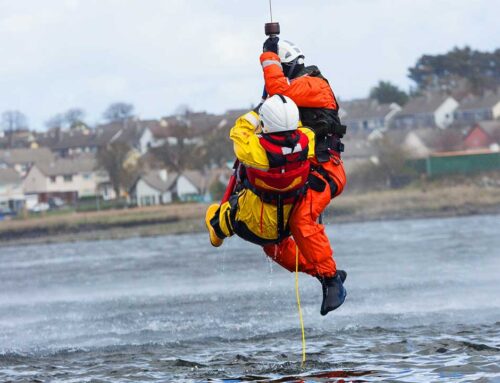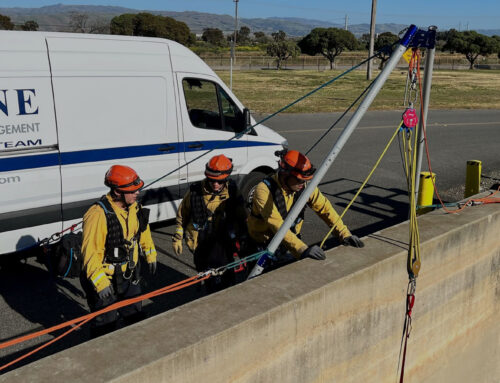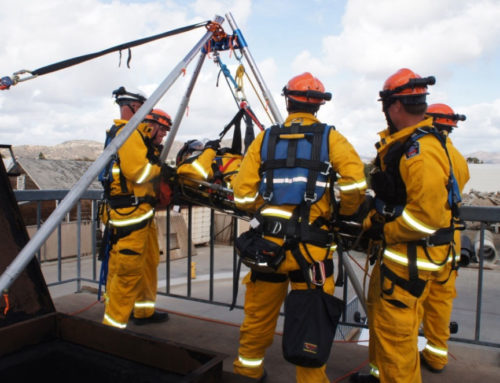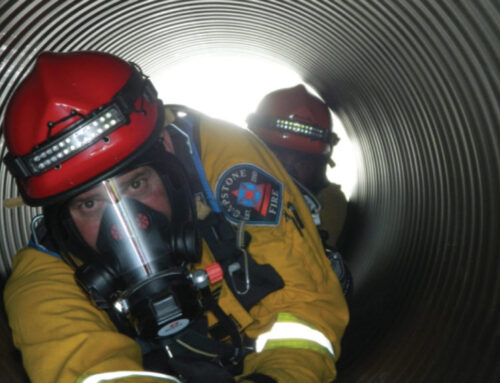The Bureau of Labor Statistics (BLS) is the federal organization keeps an updated record of workplace accidents and deaths each year. According to BLS, workplace deaths were up 40 percent during the first half of 2016 and on-the-job accidents were also up. The construction industry accounted for most of these accidents and deaths. Just by these statistics, the importance of following all Occupational Safety and Health Administration (OSHA) regulations are imperative.
The Code of Federal Regulations (CFR) is what companies must follow. Since most of the accidents and deaths was in the construction industry, 38 CFR 1926.24 becomes even more important. The change in this regulation places the responsibility on the employer to make sure fire protection and prevention is put into place.
Steve Yerbury, the industrial safety expert at Capstone says a company must, “Develop and maintain an effective fire protection and prevention program. This includes ensuring the availability of applicable fire protection and suppression equipment.”
Not every business has the personnel or the ability to train specific employees to comply with these OSHA regulations. Therefore, many companies are turning to outside service providers. The service industry is becoming a big part of complying with many of the OSHA rules. Even though 1926.24 covers the construction industry, Yerbury reiterates these regulations are followed, “During all phases of construction, repair, alteration and demolition work.” A company may not know where to start to ensure the government rules are followed.
The creation of OSHA in 1970 has made a major impact on workplace accidents. The BLS reports since the inception of OSHA, on-the-job accidents and deaths have decreased by 65 percent. However, many companies are still not following the regulations because the organization does not have the expertise to do so.
Before this new rule, most employers followed fire codes, which only insisted on providing equipment to protect the property located on construction jobs. Now that has changed and companies must adapt to these new rules.
This can be done by consulting with a service company with expertise. Another way is to rent or purchase the required equipment, but training the personnel is a requirement and some safety managers are not trained themselves in these new compliance rules. Again, companies either need to send the manager to a training school specializing in 1926.24 or hire a service company that provides this training to the manager and the company’s employees designated to perform the tasks required.
There is no perfect answer when it comes to making these types of decisions. However, a company must review its options. Depending on the budget, a company can make an informed decision. Whether to invest in the personnel, training and equipment necessary to comply or to hire a service company and rent the equipment. Some service companies provide full service, qualified personnel, and equipment.
Remember, this regulation is applicable even if local jurisdiction rules do not cover fire protection on the work site. The OSHA rules apply even if local agencies do not enforce fire codes. This is the importance of following 1926.24 regulations.
Capstone provides professional confined space rescue services to support permit required entries. For more information visit confined space rescue or complete our online form and we’ll get back to you.






